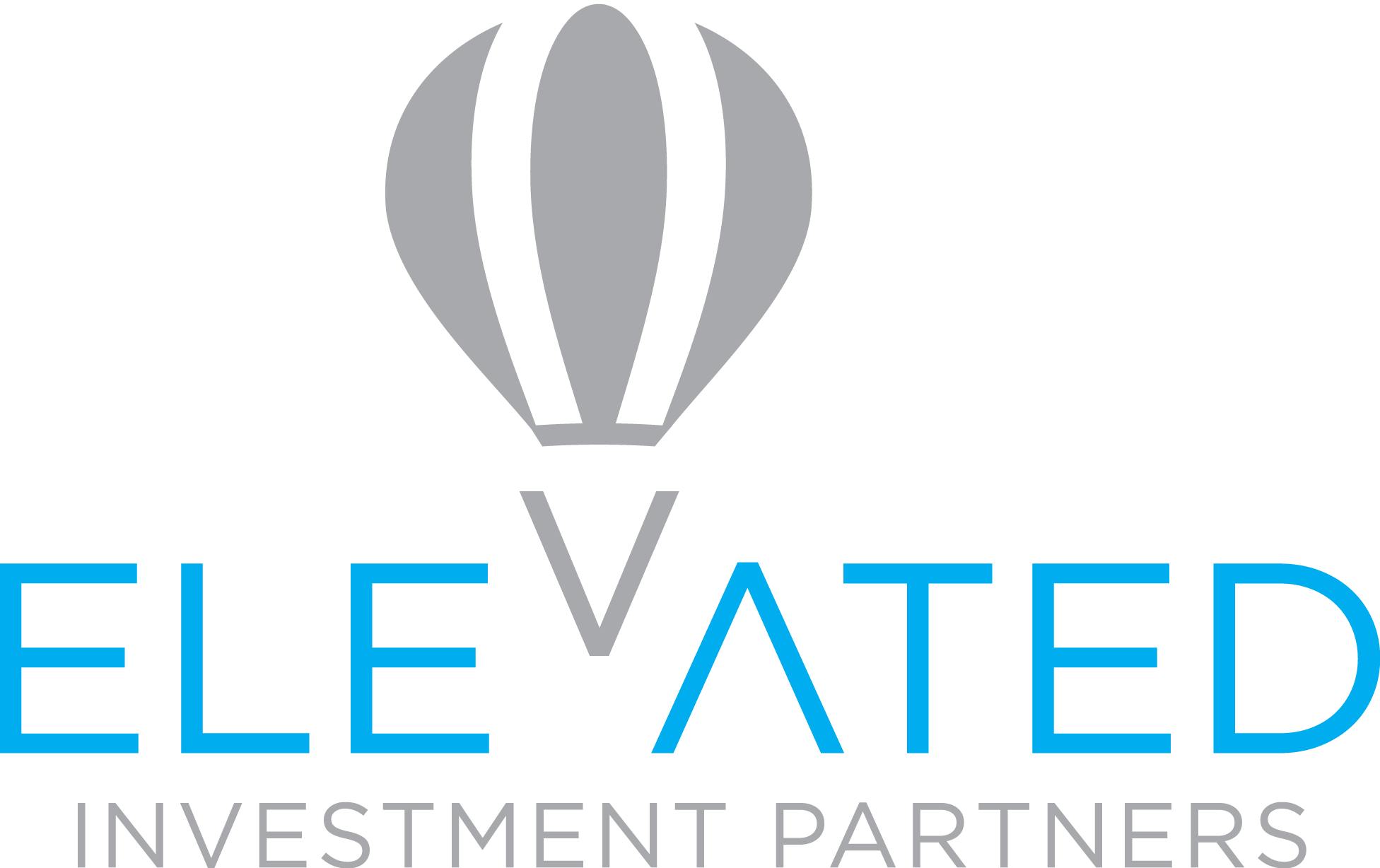Last year, employers and retirement plan providers had to learn and understand the implications of new provisions, especially those effective immediately, including a change in the required minimum distribution age from 72 to 73 and that will continue to change to age 75 by 2033.
Effective in 2024
Mandatory Cash-Out Limits: An increase in the mandatory cash-out limit to $7,000 from $5,000, allowing employers to transfer former employees’ accounts below that threshold to an IRA without consent. This change should help ease the burden on sponsors.
Part-Time Eligibility: Also effective in 2024, new rules will allow employees who complete 500 hours of service in three consecutive years to contribute to 401(k) plans broadening the eligibility for participants and allowing more employees to participate in retirement plans that have historically been excluded.
Catch-Up Contributions: Employees with compensation exceeding $145,000 will only be allowed to make catch-up contributions on a Roth after-tax basis. In response to industry concerns, the IRS delayed the effective date of this provision by two years, allowing sponsors to begin administering this provision in 2024 if desired, but permitted them to delay implementation until January 1, 2026, if more time is needed. The delayed effective date was in response to industry concerns about administrative complexity and provides additional time for recordkeepers to accommodate this provision.
Student Loans: Widely discussed, but optional, provisions related to emergency savings and student loans are also set to go into effect in 2024, although the IRS has not yet issued guidance. The new rules allow student loan payments to be treated as elective employee contributions for the purpose of matching contributions. The goal of this provision is to allows more employees to take advantage of their employer match.
Emergency Savings: SECURE 2.0 also includes two approaches with respect to emergency savings. These changes are meant to persuade more employees to save for retirement, understanding they have other ways to deal with an emergency event:
- Allowing participants to take a $1,000 distribution from their account once every three years without being subject to a distribution tax.
- Allowing withdrawals up to $2,500 from a separate emergency savings account subject to numerous conditions.
Keep in mind that some provisions of SECURE 2.0 are mandatory and others are optional. Most retirement plan providers are scrambling to meet the demands of the required provisions first and the optional provisions second. Do not be surprised if a retirement plan vendor cannot service the optional provisions at this time.
